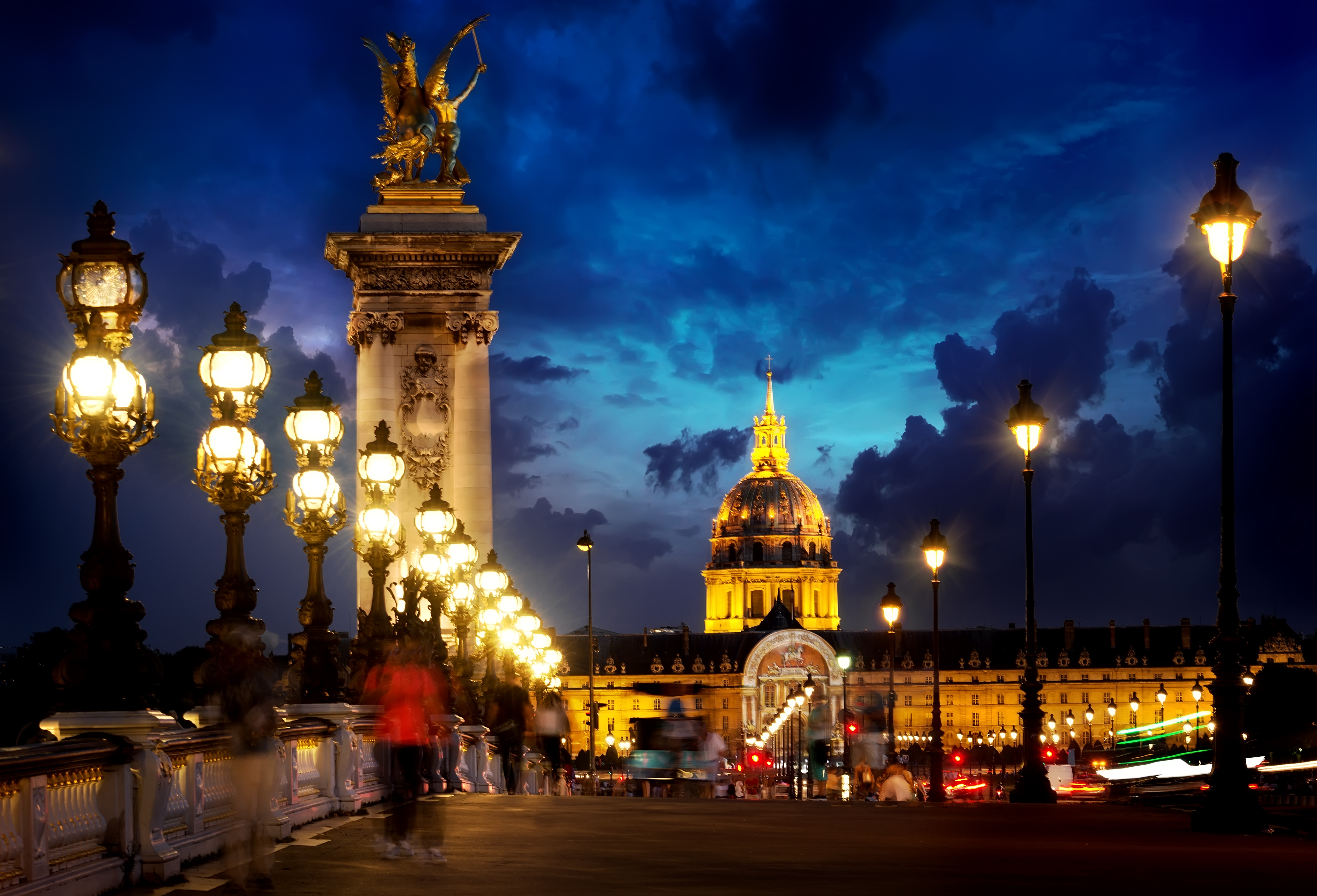22 Enchanting Medieval Towns That Feel Frozen in Time
Step into a world where time stands still—where cobblestone streets echo with the footsteps of knights, towering castles cast shadows over ancient town squares, and centuries-old buildings whisper stories from the past. Across Europe and beyond, there are places that haven’t just preserved their medieval charm—they live and breathe it. These aren't just postcard-perfect destinations; they’re immersive time capsules where Gothic cathedrals, winding alleyways, and age-old traditions still shape everyday life. Originally a collection of 12, we’ve expanded our list to 22 of the most breathtaking medieval towns that feel like they’ve been plucked straight from the pages of a fairy tale. From misty, fortified hilltops in Italy to half-timbered hamlets in Germany and cobbled quarters in Eastern Europe, each town offers a rare and magical escape from the modern world. Whether you're a history buff, a hopeless romantic, or just craving a journey through time—these medieval marvels await.
1. Rothenburg ob der Tauber, Germany
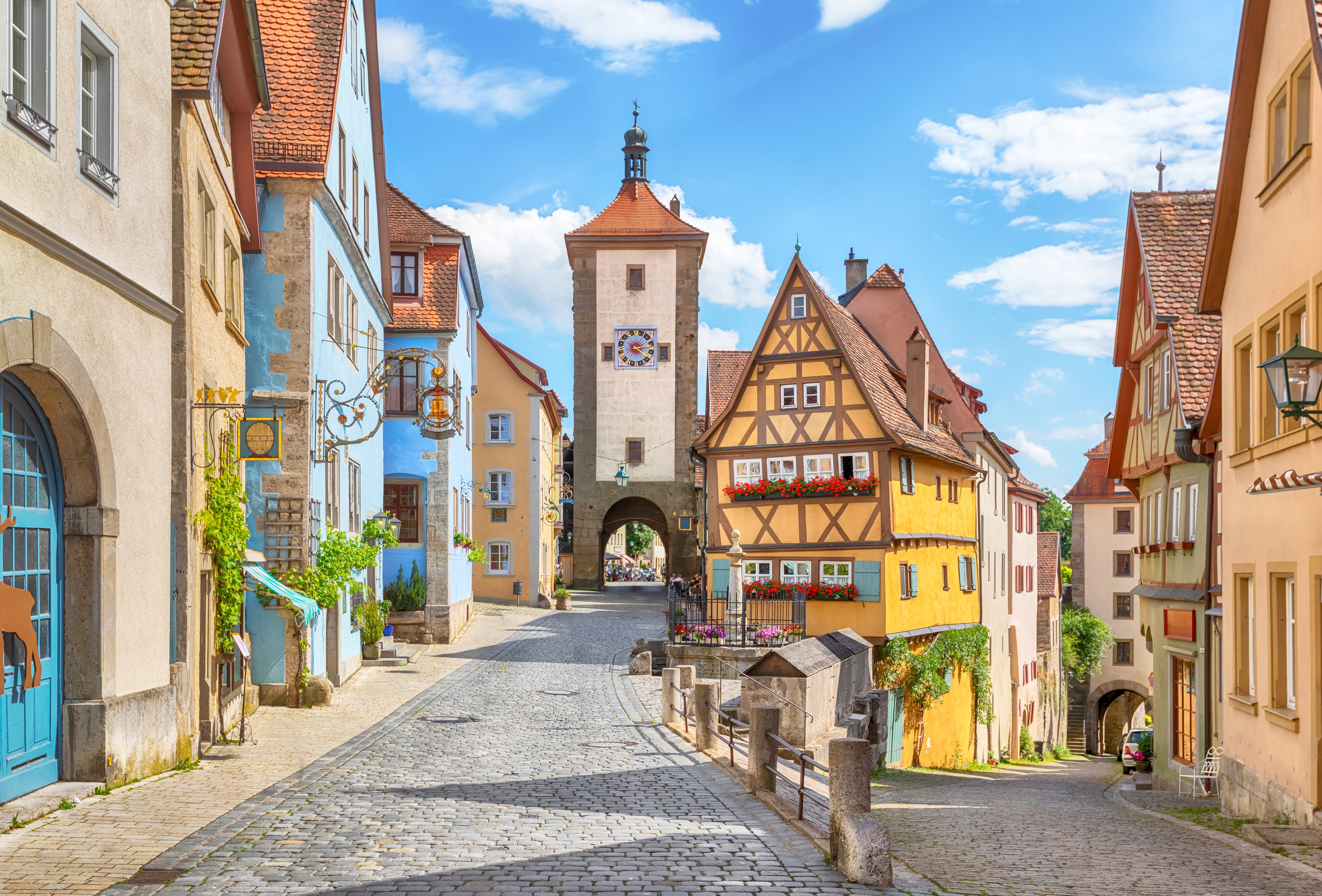
Tucked away in Bavaria, Rothenburg ob der Tauber is the quintessential medieval town, where time seems to have stood still for centuries. Walking through its cobbled streets feels like stepping into a Brothers Grimm fairy tale, complete with half-timbered houses, towering gates, and an impeccably preserved 14th-century wall that still encircles the town. Unlike many European towns that were modernized or rebuilt after World War II, Rothenburg has carefully preserved its medieval character, making it one of the most authentic destinations for history lovers. One of the most iconic sights in the town is the Plönlein, a picturesque junction where a charming half-timbered house is framed by two medieval towers, creating one of Germany’s most photographed spots. But Rothenburg is more than just a pretty postcard—it’s a town steeped in history. Walking the medieval walls gives visitors breathtaking views of the red-roofed town below, while the Crime and Punishment Museum offers an eerie yet fascinating glimpse into medieval justice, complete with torture devices and legal manuscripts. The town is particularly enchanting during the winter months, when its legendary Christmas Market transforms the streets into a twinkling wonderland of holiday stalls, roasted chestnuts, and mulled wine. Whether you’re wandering through its historic streets in summer or experiencing its festive magic in winter, Rothenburg ob der Tauber is a living time capsule of medieval Germany.
2. Carcassonne, France
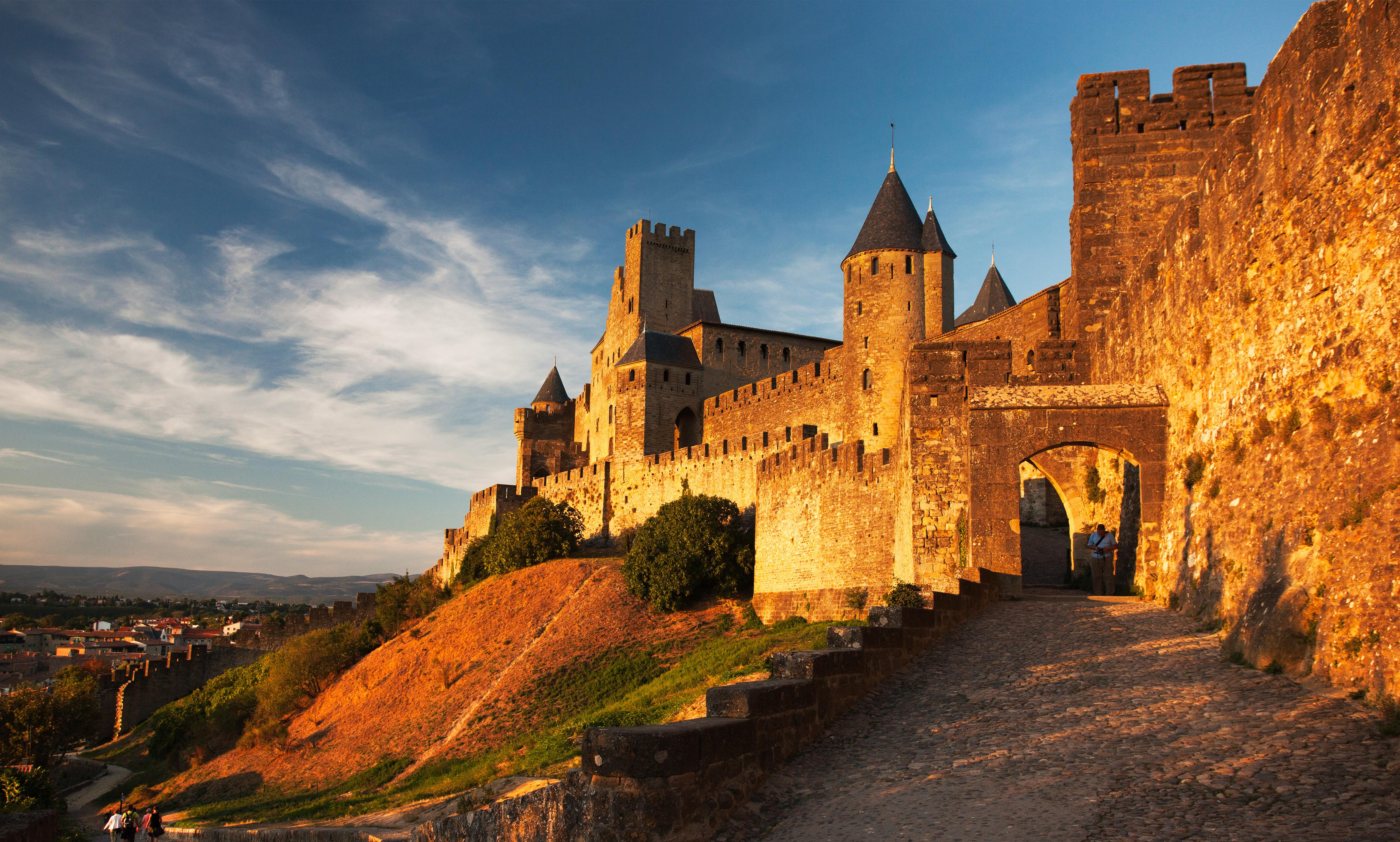
Few places in the world embody medieval grandeur like Carcassonne, a spectacularly preserved fortress city in southern France. With its double walls, 52 watchtowers, and imposing stone battlements, this fortified town looks as if it has been plucked straight from a medieval epic. Originally built as a Roman settlement, Carcassonne was expanded during the Middle Ages into an impregnable stronghold that played a key role in France’s turbulent history. Walking along its mighty ramparts offers sweeping views of the Aude River and the surrounding countryside, while exploring its labyrinth of narrow, cobbled streets reveals a town filled with centuries-old taverns, hidden courtyards, and artisan shops. At the heart of Carcassonne lies the Château Comtal, a 12th-century castle that was once home to the Trencavel family, powerful rulers who defended the city against crusaders and invaders. The castle’s well-preserved halls and secret passageways transport visitors straight into the medieval past. One of the most awe-inspiring sights in Carcassonne is the Basilica of Saint-Nazaire, a magnificent Gothic-Romanesque church adorned with stained-glass windows and intricate stone carvings. The town is at its most magical during the Bastille Day fireworks, when the entire citadel is illuminated in a breathtaking display. Whether you’re fascinated by medieval warfare, history, or simply the romance of an ancient walled city, Carcassonne is one of Europe’s most mesmerizing medieval destinations.
3. Český Krumlov, Czech Republic
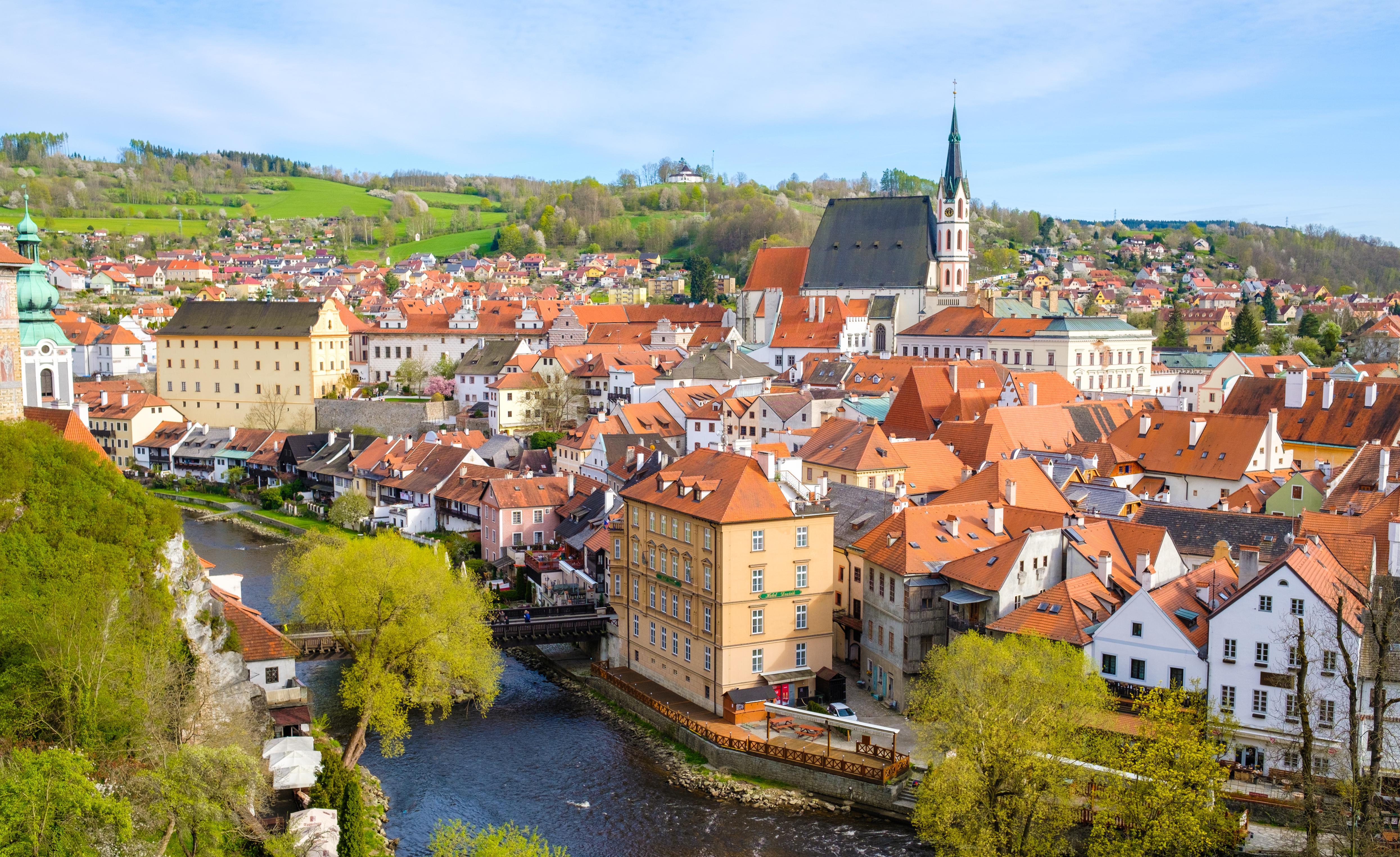
Nestled in a picturesque bend of the Vltava River, Český Krumlov is a UNESCO World Heritage Site that feels untouched by time. The town’s medieval charm, combined with its stunning Renaissance and Baroque architecture, creates an enchanting fairy-tale atmosphere that captivates visitors from the moment they arrive. The centerpiece of Český Krumlov is its massive castle complex, an architectural masterpiece that dominates the town's skyline. Built in the 13th century, the castle boasts an ornate tower offering panoramic views of the red-roofed houses, winding river, and rolling hills beyond. Beyond the castle, Český Krumlov’s cobbled alleyways are lined with colorful medieval buildings, artisan shops, and quaint cafés that invite leisurely exploration. The town is known for its thriving arts scene, with galleries and theaters showcasing everything from Renaissance paintings to puppet performances—a tradition deeply rooted in Czech culture. One of the best ways to experience Český Krumlov is by taking a boat ride down the Vltava River, offering a unique perspective of the town’s historic bridges and fortifications. Whether you’re soaking in the views from a riverside café or exploring the hidden
4. Bruges, Belgium
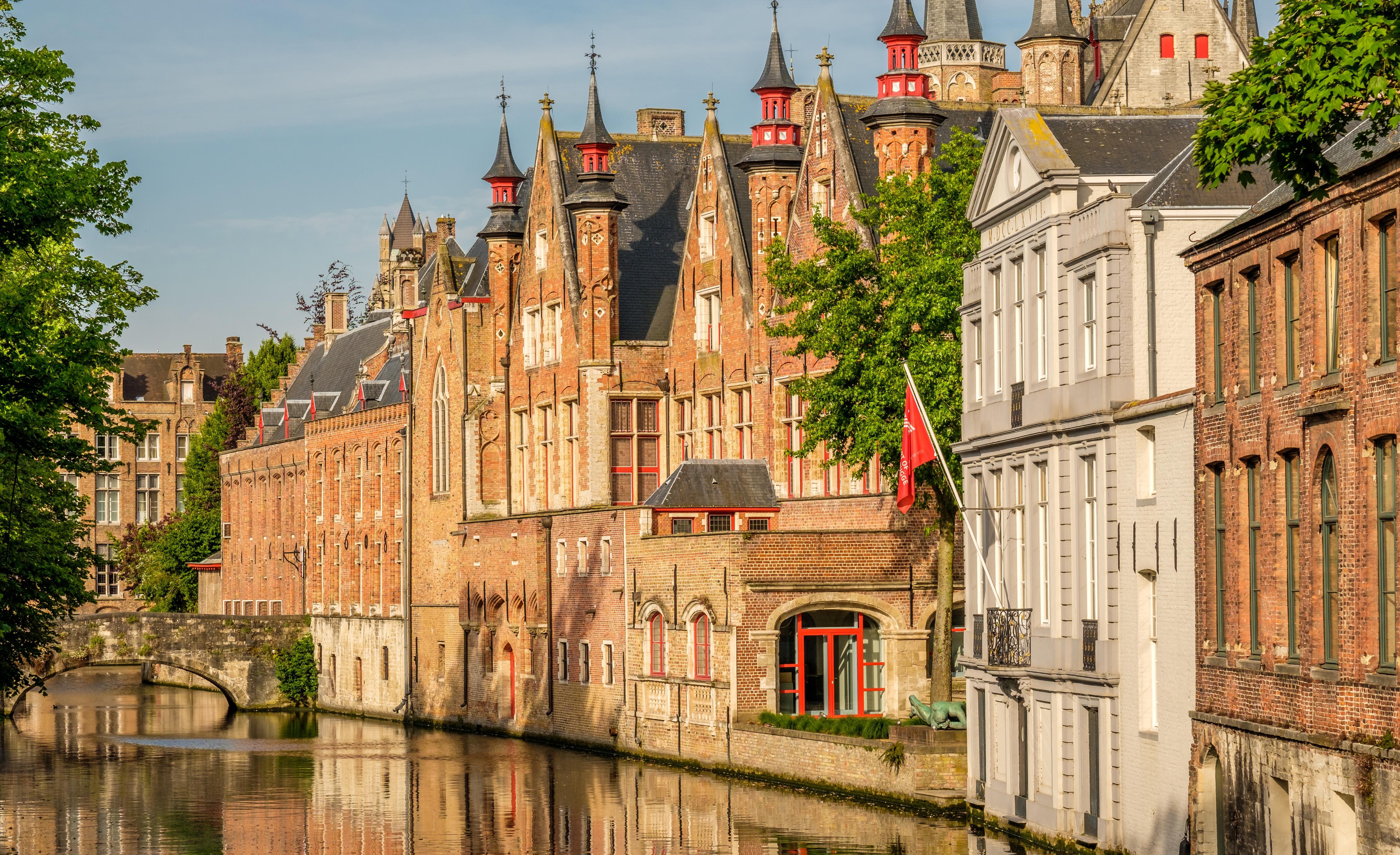
Bruges, often called the "Venice of the North," is one of the most well-preserved medieval cities in Europe. With its serpentine canals, centuries-old stone bridges, and soaring Gothic churches, Bruges looks much the same as it did in the Middle Ages, offering visitors a magical experience straight out of a history book. A visit to Bruges isn’t complete without climbing the Belfry Tower, a 366-step ascent that rewards visitors with a stunning panoramic view of the city’s red rooftops, winding canals, and distant windmills. The Basilica of the Holy Blood, a 12th-century church said to house a relic of Christ’s blood, is another must-see, with its intricate stained-glass windows and impressive Gothic architecture. Bruges is particularly mesmerizing at night, when the historic buildings and bridges are illuminated, casting shimmering reflections on the canals. Whether you’re exploring the town by boat, indulging in Belgium’s world-famous chocolates and waffles, or simply wandering its medieval streets, Bruges offers a timeless glimpse into the past.
5. Mdina, Malta
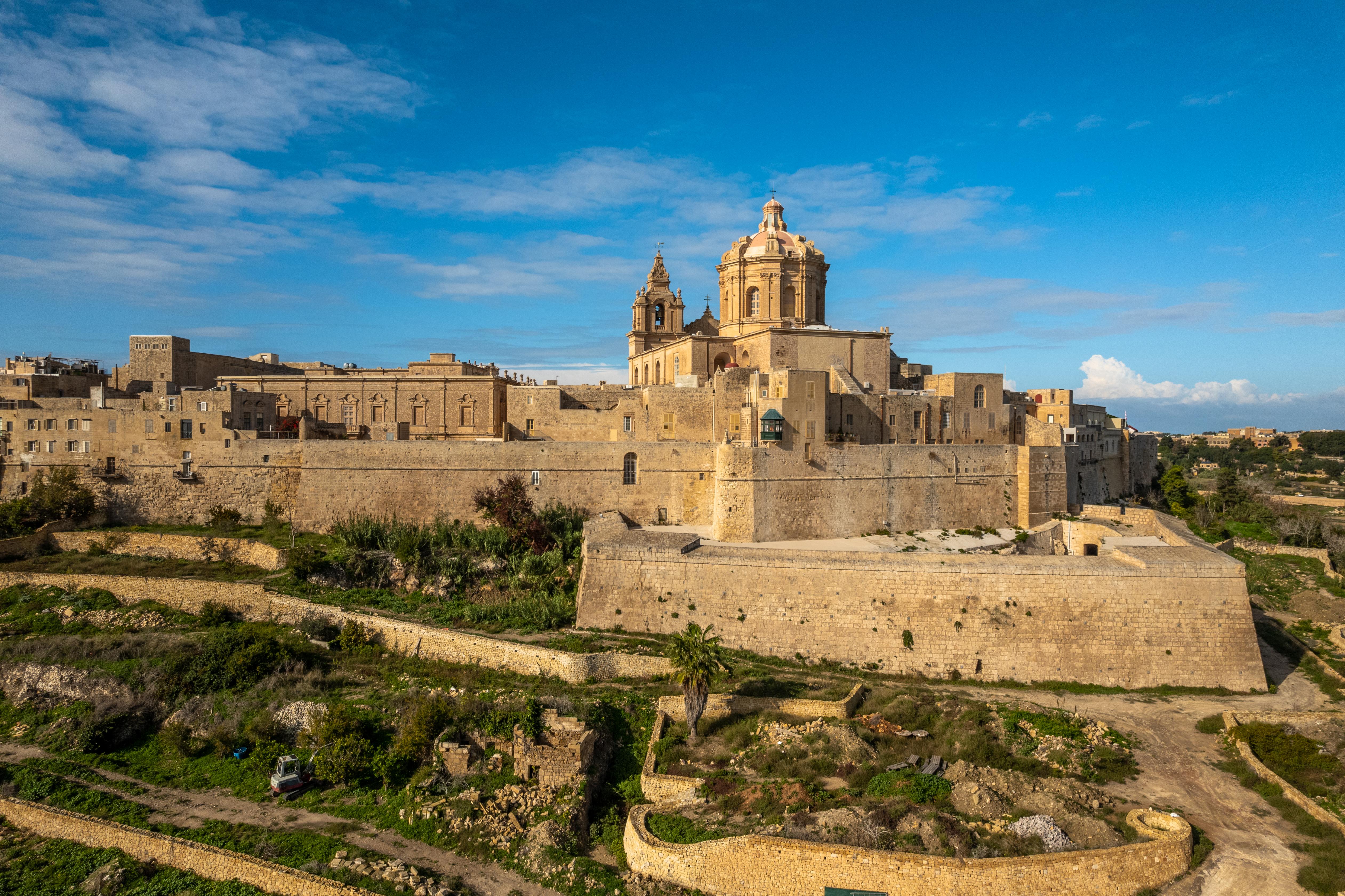
Known as the "Silent City," Mdina is one of the most atmospheric medieval towns in the world. Sitting atop a hill in central Malta, this fortress town has remained largely unchanged for centuries, with its massive limestone walls, narrow labyrinthine streets, and breathtaking panoramic views of the island. With a history stretching back over 4,000 years, Mdina has seen Phoenician, Roman, and Norman influences, shaping it into a blend of architectural styles. The Mdina Cathedral, with its baroque façade and stunning frescoes, dominates the skyline, while the grand palaces and noble houses reveal the town’s aristocratic past. Unlike most medieval towns, Mdina is eerily quiet, as only a few hundred residents live within its walls. At night, when the lantern-lit streets empty and the wind whispers through the alleys, it truly feels like a ghost town lost in time.
6. San Gimignano, Italy
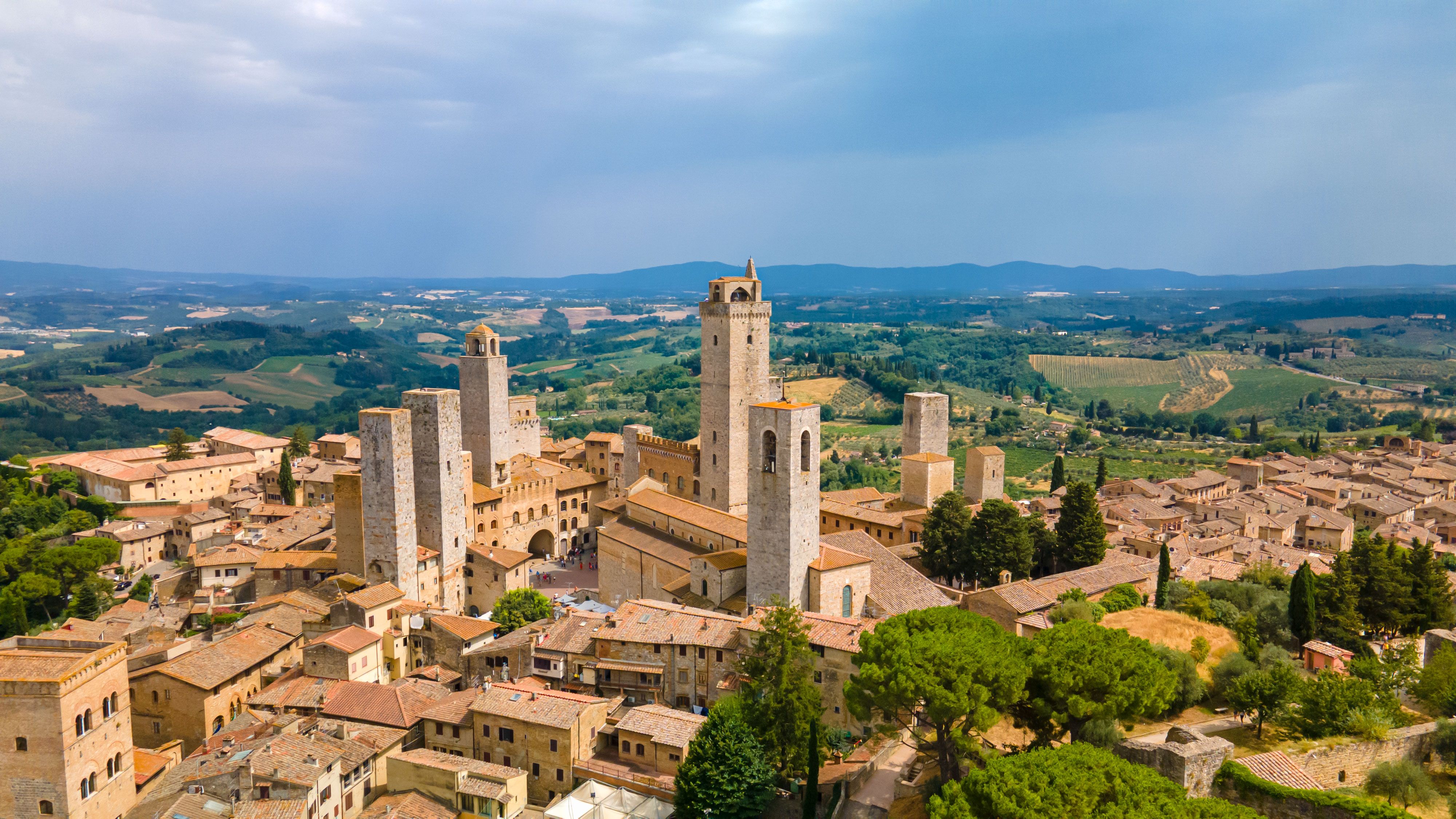
San Gimignano, often referred to as the "Medieval Manhattan," is famous for its soaring stone towers that rise dramatically above the Tuscan countryside. During the Middle Ages, wealthy families built these towers as symbols of power and prestige, and while only 14 of the original 70 remain, they still create a skyline unlike any other. Beyond its towering skyline, San Gimignano boasts charming medieval squares, frescoed churches, and a vibrant cultural scene. The Piazza della Cisterna, the town’s bustling heart, is lined with historic palaces, artisan shops, and wine bars serving the famous Vernaccia di San Gimignano, a crisp white wine unique to the region. The Collegiata di Santa Maria Assunta, with its stunning frescoes depicting biblical stories, is a must-visit for art lovers, while the walk along the medieval walls offers some of the best panoramic views of the Tuscan landscape. Whether you’re climbing a medieval tower, sampling world-class wine, or simply strolling through ancient alleyways, San Gimignano is one of the most captivating medieval towns in Italy.
7. Tallinn, Estonia
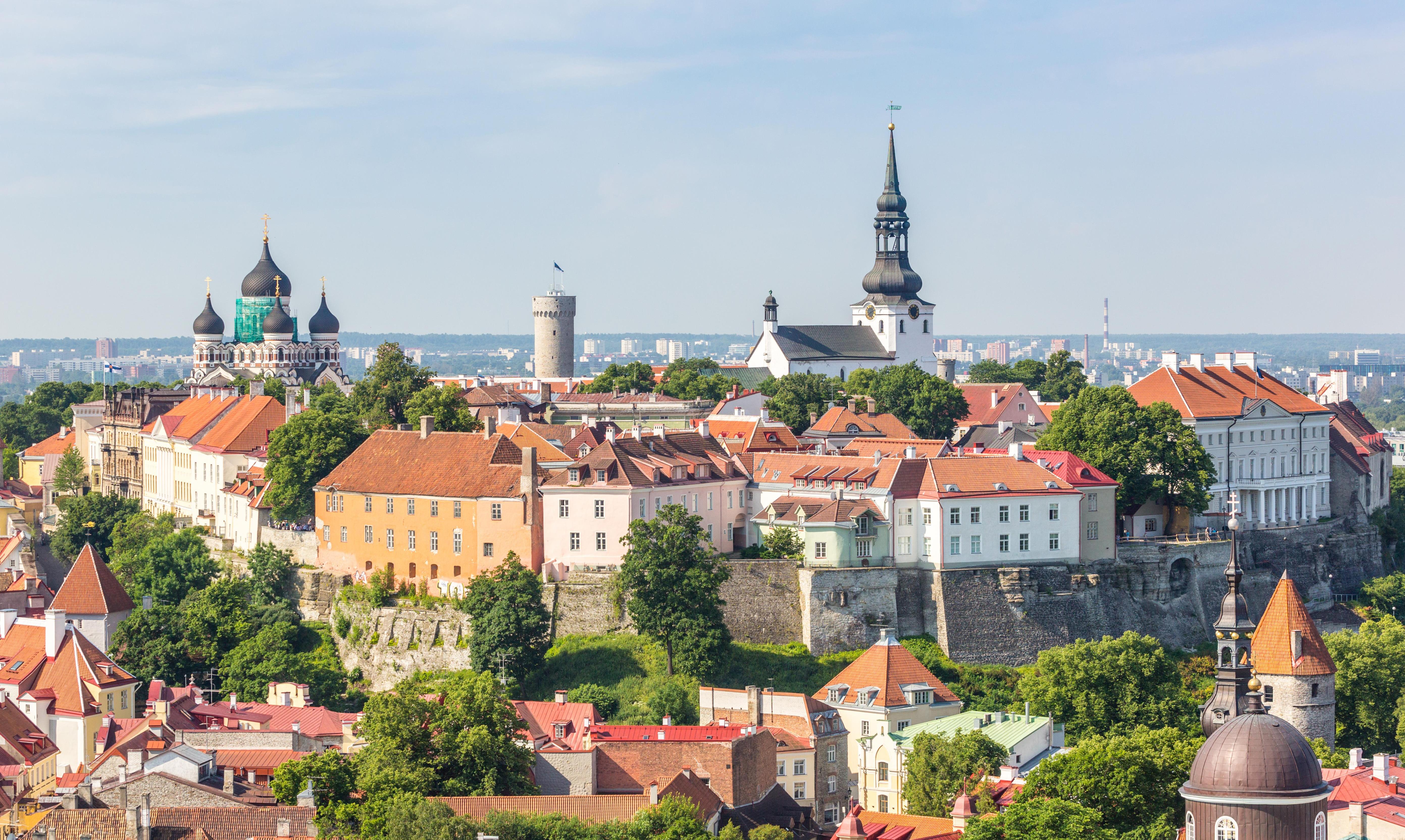
Tallinn’s medieval Old Town is one of the best-preserved in Europe, a place where every street and square tells a story of its rich past. Once a major center of trade in the Hanseatic League, Tallinn’s cobblestone streets are lined with colorful merchant houses, towering Gothic churches, and ancient defensive walls that still stand strong against time. The city’s medieval charm is enhanced by its red-roofed towers, arched gateways, and hidden courtyards, creating a truly fairy-tale-like atmosphere. Walking through the massive stone Viru Gate, visitors enter a world where medieval life still lingers. The Town Hall Square (Raekoja Plats), dating back to the 13th century, is the beating heart of the Old Town, surrounded by pastel-colored buildings, lively cafés, and the historic Tallinn Town Hall, the oldest in Northern Europe. Nearby, the Toompea Castle offers a commanding view over the city and houses Estonia’s parliament, standing atop a hill that has been a seat of power for centuries. A visit to St. Olaf’s Church, once the tallest building in the world, provides breathtaking panoramic views of the Baltic coastline and Tallinn’s medieval skyline. At night, the lantern-lit streets take on a mystical glow, perfect for wandering through the medieval alleyways and soaking in the town’s timeless magic. Whether visiting during the lively Tallinn Christmas Market or on a quiet summer afternoon, this Estonian gem feels like stepping into a living piece of history.
8. Kotor, Montenegro
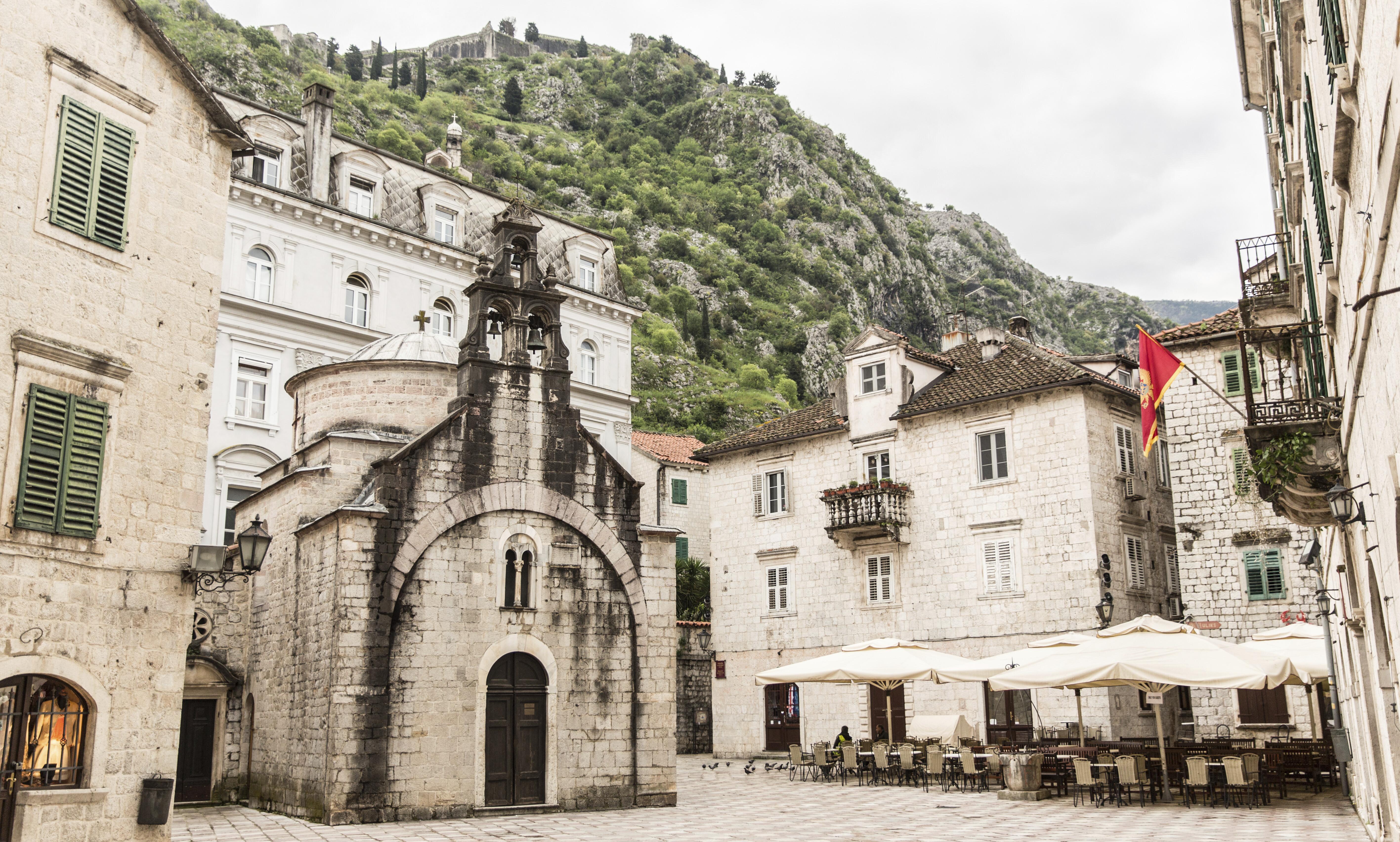
Nestled between towering mountains and the stunning Bay of Kotor, the fortified town of Kotor is one of the best-preserved medieval towns in the Balkans. This UNESCO World Heritage Site is a labyrinth of narrow alleyways, medieval churches, and Venetian-style palaces, all wrapped within mighty stone walls that have protected the town for centuries. Kotor’s architecture reflects its rich maritime and trading history, with influences from the Venetian Republic, which ruled the town for nearly four centuries. Wandering through Kotor’s labyrinthine streets, visitors will discover charming squares, medieval houses adorned with green wooden shutters, and the imposing Cathedral of Saint Tryphon, a 12th-century Romanesque church filled with relics and frescoes. The town’s historic squares, like Arms Square and Flour Square, are lined with quaint cafés and artisan shops selling local lacework, handmade jewelry, and Montenegrin wines. One of the most exhilarating experiences in Kotor is the climb to the San Giovanni Fortress, a medieval stronghold that offers breathtaking panoramic views over the town, the fjord-like bay, and the surrounding mountains. The hike up the ancient fortification walls is steep but rewarding, revealing Kotor’s strategic importance as a medieval trading hub. By day, Kotor feels like a portal to the Middle Ages, but at night, the town transforms into an atmospheric haven where twinkling lanterns light the stone alleyways. Whether exploring its hidden courtyards, walking along the ancient walls, or savoring fresh seafood by the bay, Kotor is a medieval dream come to life.
9. Monsaraz, Portugal
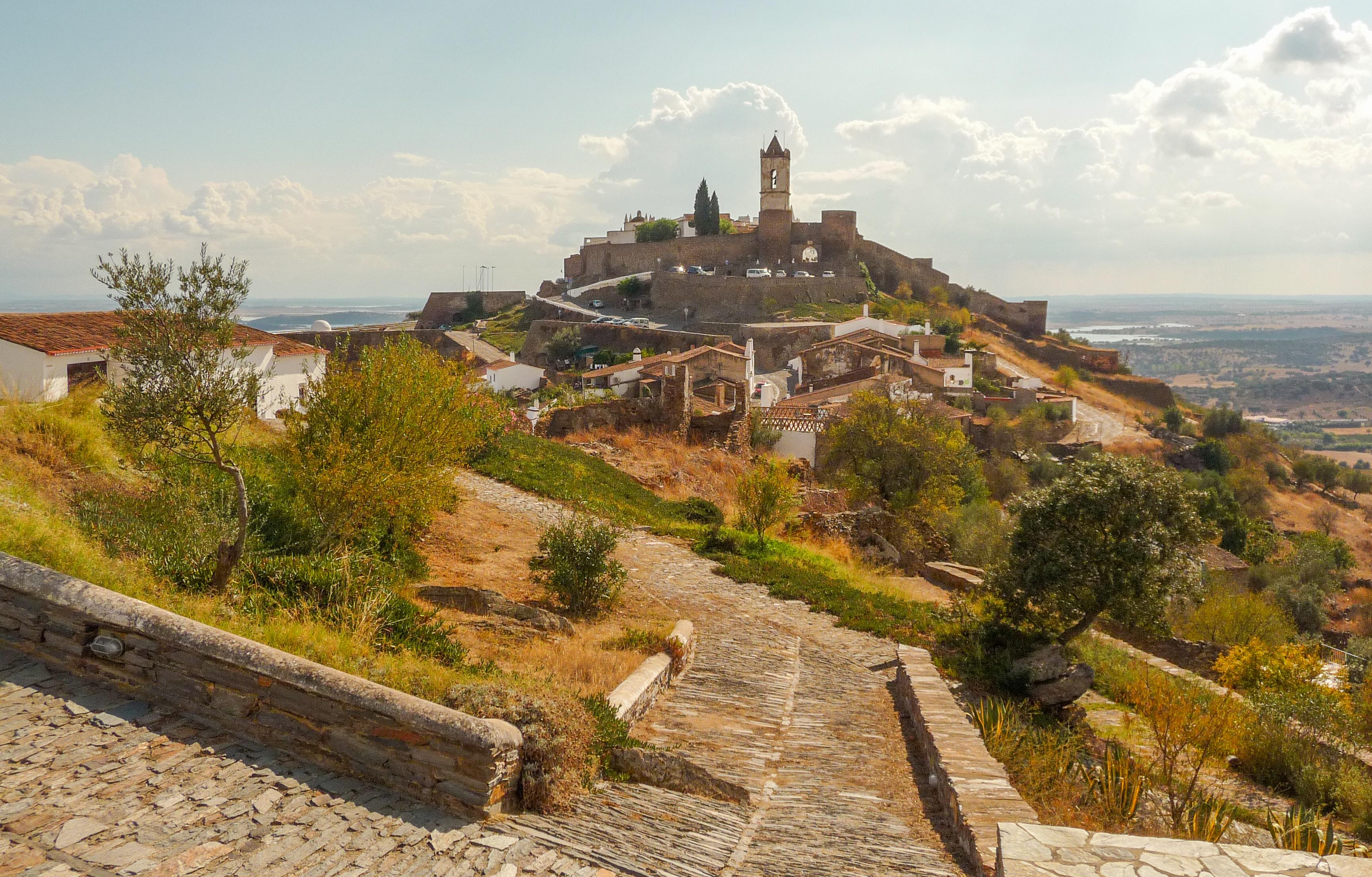
Perched high on a hilltop in Portugal’s Alentejo region, Monsaraz is a medieval town that feels untouched by time. With its whitewashed stone houses, narrow winding streets, and commanding castle, Monsaraz offers a stunning panoramic view of the surrounding vineyards, olive groves, and the shimmering Alqueva Dam, one of Europe’s largest artificial lakes. Unlike many well-known medieval towns, Monsaraz has remained remarkably peaceful and unspoiled, making it a hidden gem for those looking to experience authentic medieval Portugal. The town’s cobbled lanes and historic buildings tell tales of its Moorish, Roman, and Christian past, blending Gothic, Manueline, and Islamic architectural styles. The Monsaraz Castle, dating back to the 13th century, offers a spectacular sunset view over the Alentejo plains, while the Santa Maria Church reveals intricate azulejo tiles and medieval tombs. Visitors can explore the town’s local artisan workshops, which specialize in traditional ceramics, cork products, and embroidered linens, or enjoy a glass of full-bodied Alentejo wine in one of its charming rustic taverns. At night, Monsaraz becomes a star-gazing paradise, as the region’s low light pollution makes it one of the best places in Europe for observing the Milky Way. For travelers seeking serenity, history, and stunning landscapes, Monsaraz offers a medieval experience that remains blissfully untouched by the modern world.
10. Óbidos, Portugal
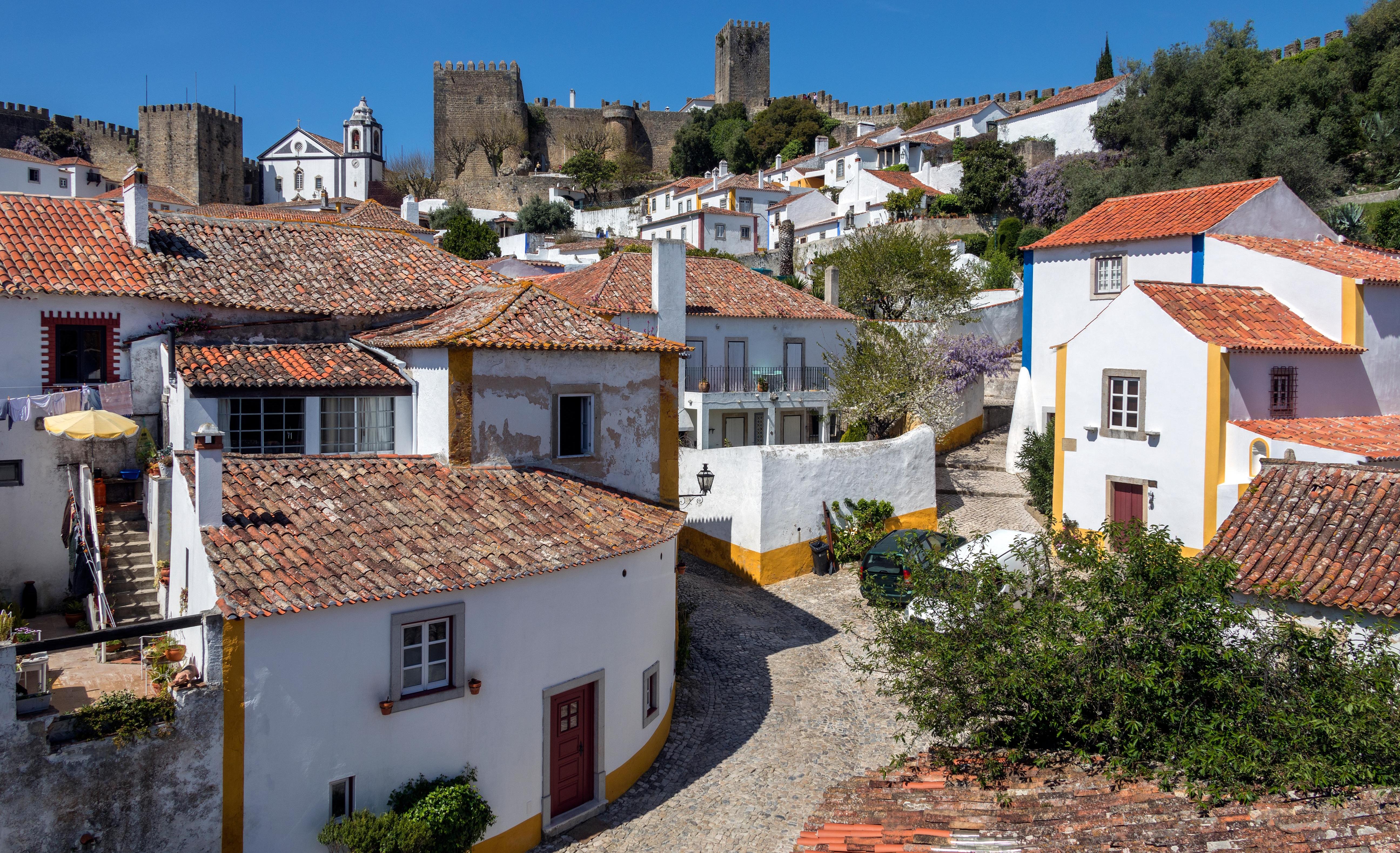
Óbidos is a storybook medieval town surrounded by some of the best-preserved medieval walls in Portugal. Given as a wedding gift to Portuguese queens for centuries, Óbidos is filled with romantic charm, historic beauty, and cultural traditions. With its cobbled streets, whitewashed houses decorated with bougainvillea, and an imposing castle, Óbidos looks much as it did in the Middle Ages. One of the most exciting things to do in Óbidos is walking along the medieval walls, which offer stunning views of the red rooftops, church spires, and rolling countryside. The Óbidos Castle, now a luxury hotel, was once a fortress that defended the town from invaders. The Porta da Vila, the town’s beautifully decorated entrance gate, features traditional Portuguese blue azulejos that depict religious scenes. Óbidos is also known for its thriving literary scene, with dozens of charming bookstores tucked away in medieval buildings, including one housed inside a former church. No visit is complete without trying Ginja, a cherry liqueur served in a chocolate cup, a local specialty that perfectly captures the town’s sweet and indulgent charm. Visiting during the Óbidos Medieval Fair, where the town transforms into a medieval spectacle with jousting tournaments, costumed performers, and authentic feasts, makes the experience even more magical.
11. Sibiu, Romania
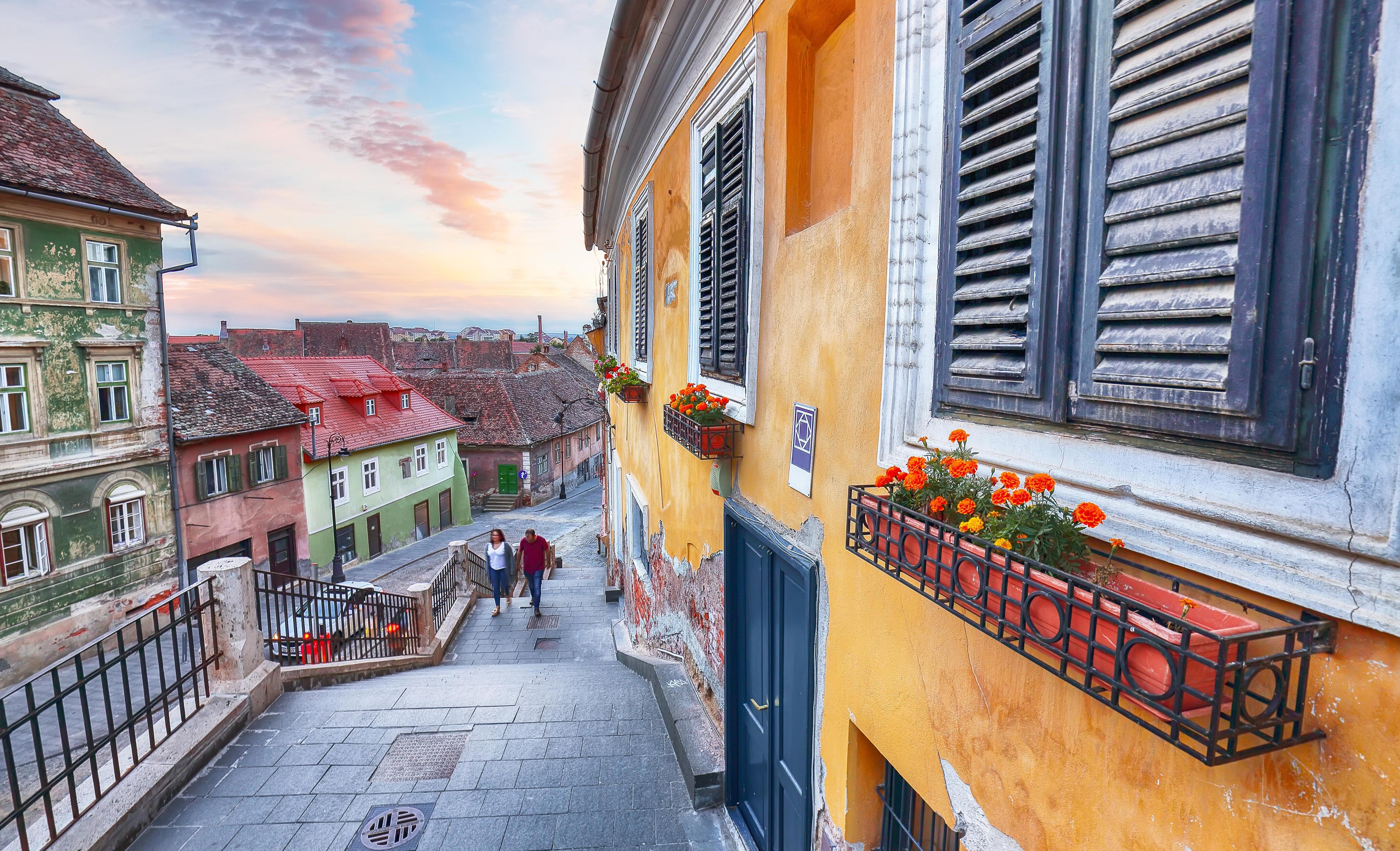
In the heart of Transylvania, Sibiu is a Gothic wonderland that perfectly preserves its medieval charm. Known for its quirky rooftops with “eyes” that seem to watch you, Sibiu feels like a town straight out of a folktale. The town’s architecture is a blend of medieval, Baroque, and Gothic styles, making it one of Romania’s most visually striking destinations. The Great Square (Piața Mare) is the centerpiece of Sibiu, lined with elegant merchant houses, the Brukenthal Palace, and the iconic Council Tower, which offers a spectacular bird’s-eye view over the town’s colorful rooftops and distant Carpathian Mountains. The Bridge of Lies, an old cast-iron bridge with local legends surrounding it, adds a touch of mystery to the town’s rich history. Sibiu comes alive during its many festivals, including the Sibiu Christmas Market, one of the most magical in Europe, and the Sibiu International Theatre Festival, which turns the medieval streets into an open-air stage for performances. Whether exploring its fortified walls, underground passages, or grand squares, Sibiu is a Transylvanian treasure that feels frozen in time.
12. Provins, France
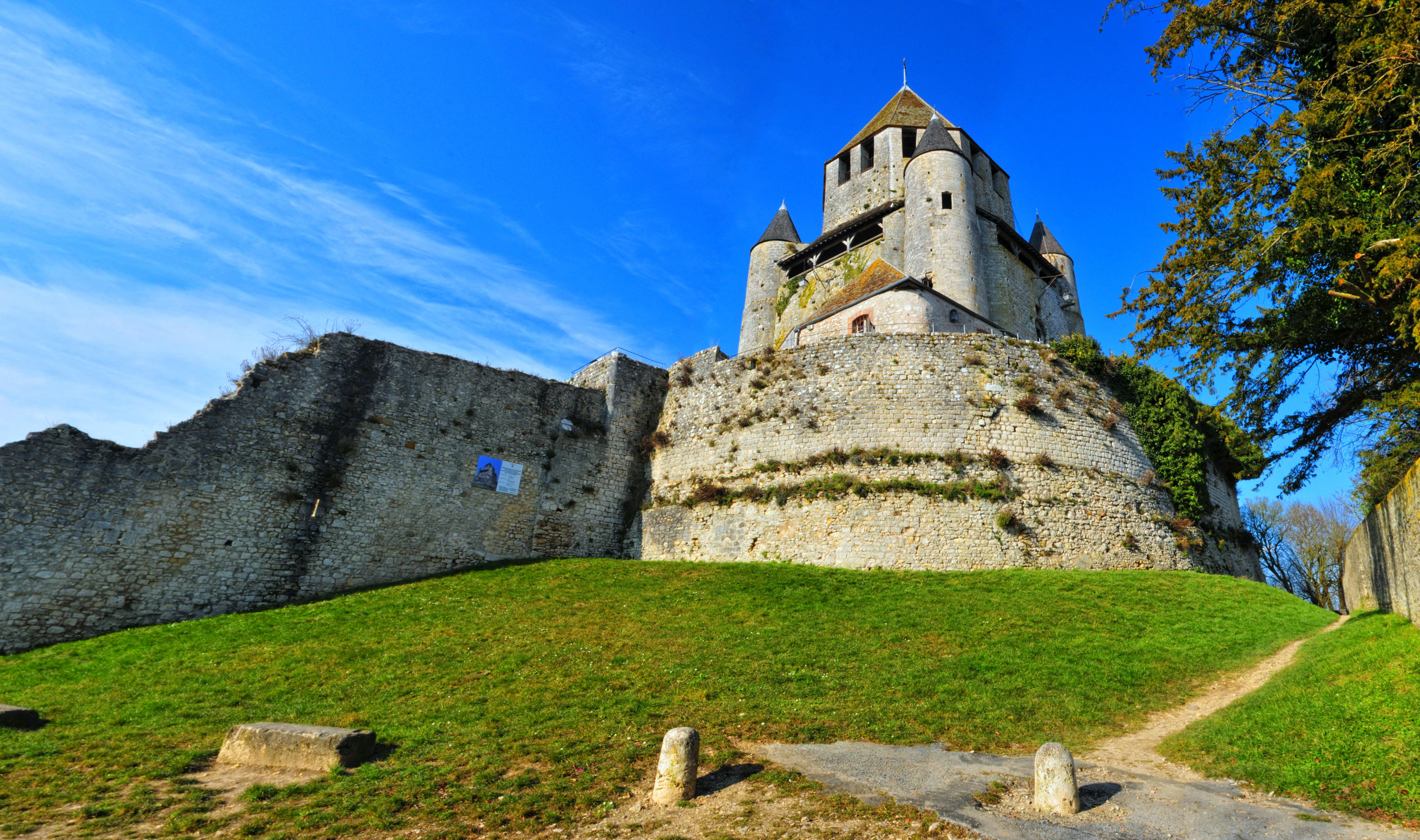
A former hub of medieval commerce, Provins is one of France’s most beautifully preserved medieval towns. Once a major center for the Champagne Fairs, this UNESCO-listed town still boasts its imposing city walls, ancient watchtowers, and well-preserved medieval streets. The Tour César, a 12th-century fortress tower, offers sweeping views over the town, while the underground tunnels reveal secrets of medieval trade and defense. Provins is famous for its rose-based products, including rose jam and rose liqueur, a nod to its medieval heritage. Every summer, Provins hosts a grand medieval festival, where the town comes to life with knights, jousting tournaments, falconry displays, and costumed parades. This event, along with the town’s rich history, makes Provins one of the most immersive medieval experiences in France.
13. Dinan, France

Perched above the Rance River in Brittany, Dinan is a medieval masterpiece that feels like a living illustration. Its half-timbered houses lean gently over cobbled streets, and its 13th-century ramparts still guard the town with stoic grace. The Rue du Jerzual, a steep, winding road once used by medieval traders, is now lined with artisan shops and stone archways. The Château de Dinan and its turreted towers offer sweeping views over the town and river, while the port area below is perfect for scenic boat rides. With its flower-decked streets and centuries-old charm, Dinan is one of France’s most photogenic hidden gems.
14. Trogir, Croatia
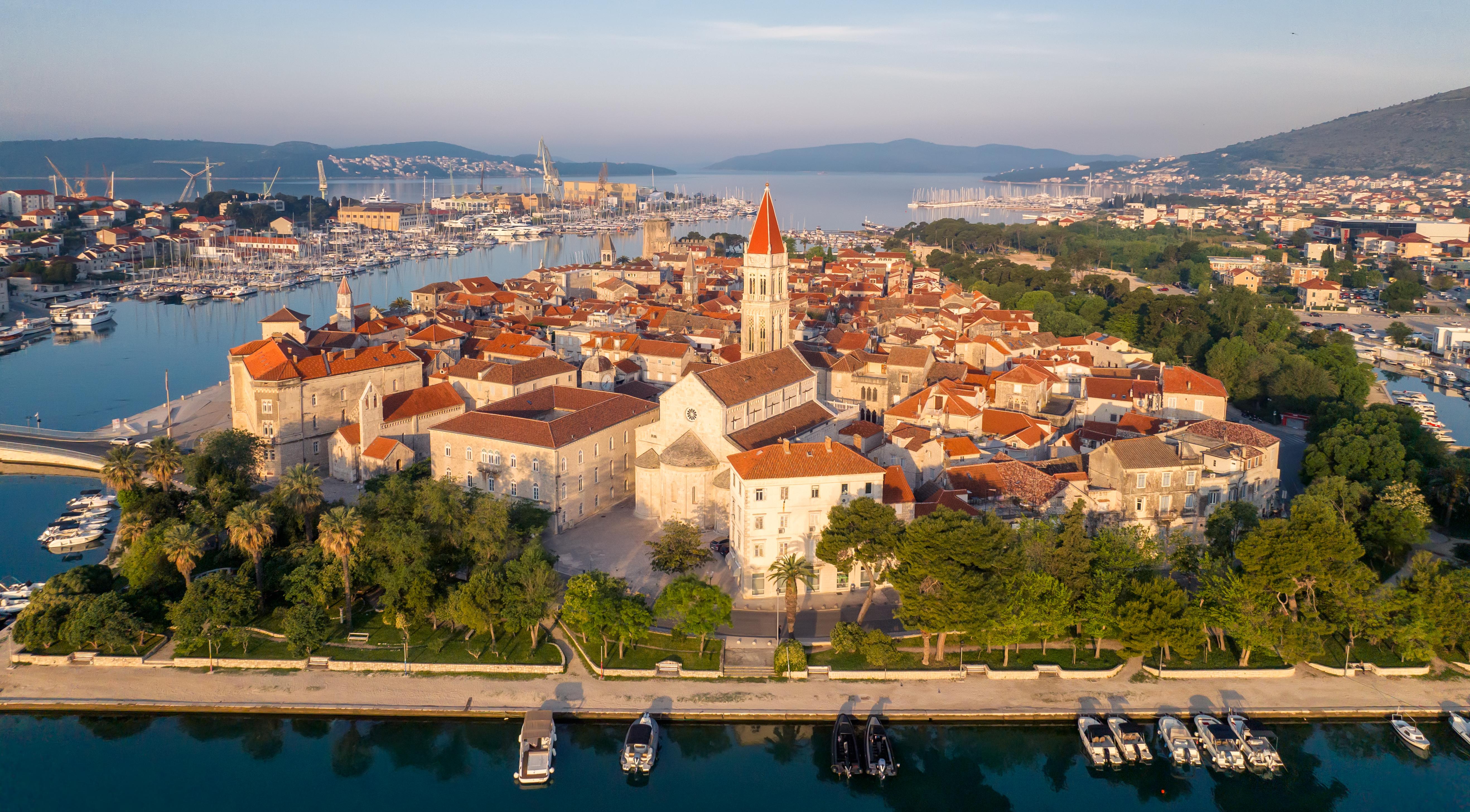
Set on a tiny island connected by bridges to the mainland and Čiovo Island, Trogir is a UNESCO-listed town that looks like it’s been carved from marble and bathed in Adriatic sunlight. Its Romanesque and Renaissance architecture, including the stunning Cathedral of St. Lawrence, sits within a maze of medieval alleys. The town's Venetian influence is unmistakable, making it feel like a cross between a Dalmatian stronghold and an Italian fortress town. Sunset walks along the palm-lined promenade reveal views of moored boats and ancient stone walls, blending coastal beauty with historical grandeur.
15. Bardejov, Slovakia
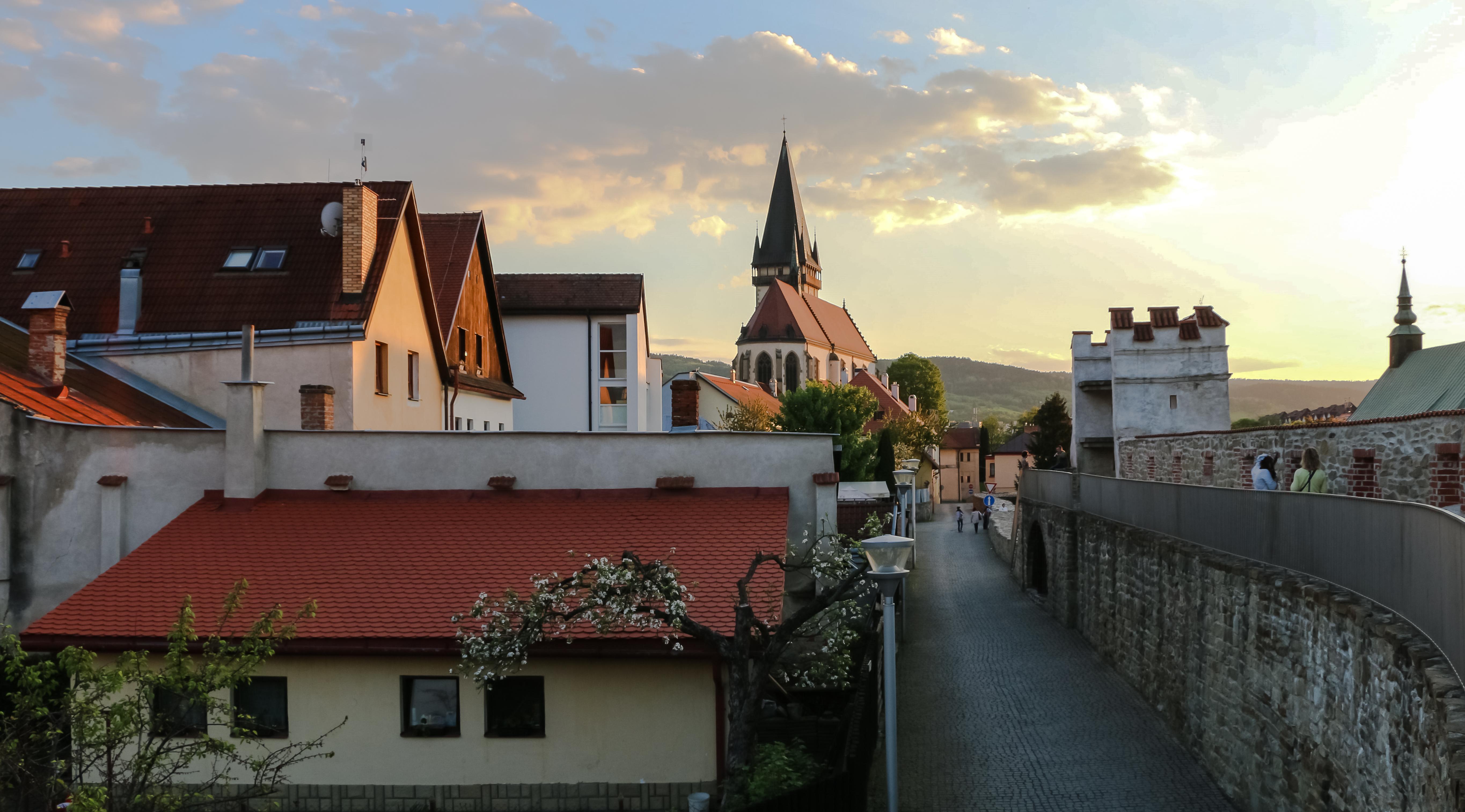
Bardejov may be small, but it’s a giant in terms of medieval character. This UNESCO World Heritage Site is surrounded by fortified walls and studded with Gothic treasures, including the Church of St. Egidius with its ornate altars and towering spire. The central square is a perfect picture of medieval urban planning, ringed by pastel-colored burgher houses. Nearby, the town’s open-air museum showcases traditional Slovak wooden architecture, giving visitors a glimpse of rural life centuries ago. Quiet, colorful, and incredibly well-preserved, Bardejov is a hidden jewel in Eastern Europe.
16. Cittadella, Italy
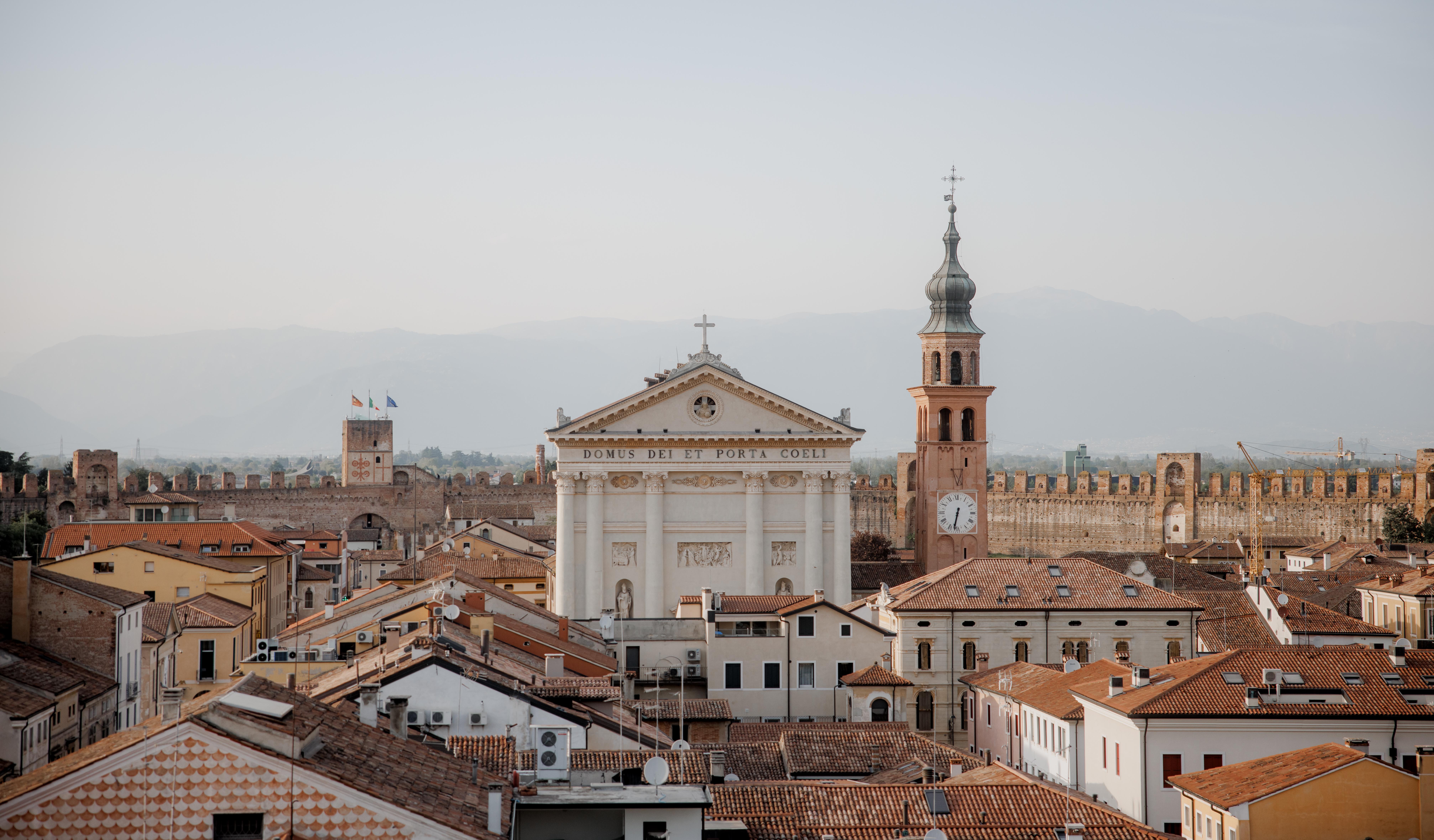
Unlike most medieval towns, Cittadella in northern Italy is still completely enclosed by its original oval-shaped defensive walls—walls that you can walk in their entirety. The views from atop the 13th-century ramparts reveal a perfectly preserved town with red-tiled roofs, stone towers, and hidden courtyards. Cittadella’s blend of military architecture and civic pride is rare and refreshing. Inside, charming piazzas, Romanesque churches, and quiet cafés await, making it an unforgettable stop for travelers seeking medieval Italy without the crowds.
17. Visby, Sweden

Once a powerful Hanseatic trading post, Visby is the crown jewel of Sweden’s Gotland Island and a Scandinavian medieval marvel. Its stone city walls remain intact, complete with watchtowers and arrow slits, while the old town is packed with merchant houses, cobbled lanes, and ruined Gothic churches. Every summer, Visby hosts Medieval Week, a festival filled with knight tournaments, craft markets, and historical reenactments. With its windswept Baltic shores and fortress-like silhouette, Visby feels like a Norse legend come to life.
18. Veliko Tarnovo, Bulgaria
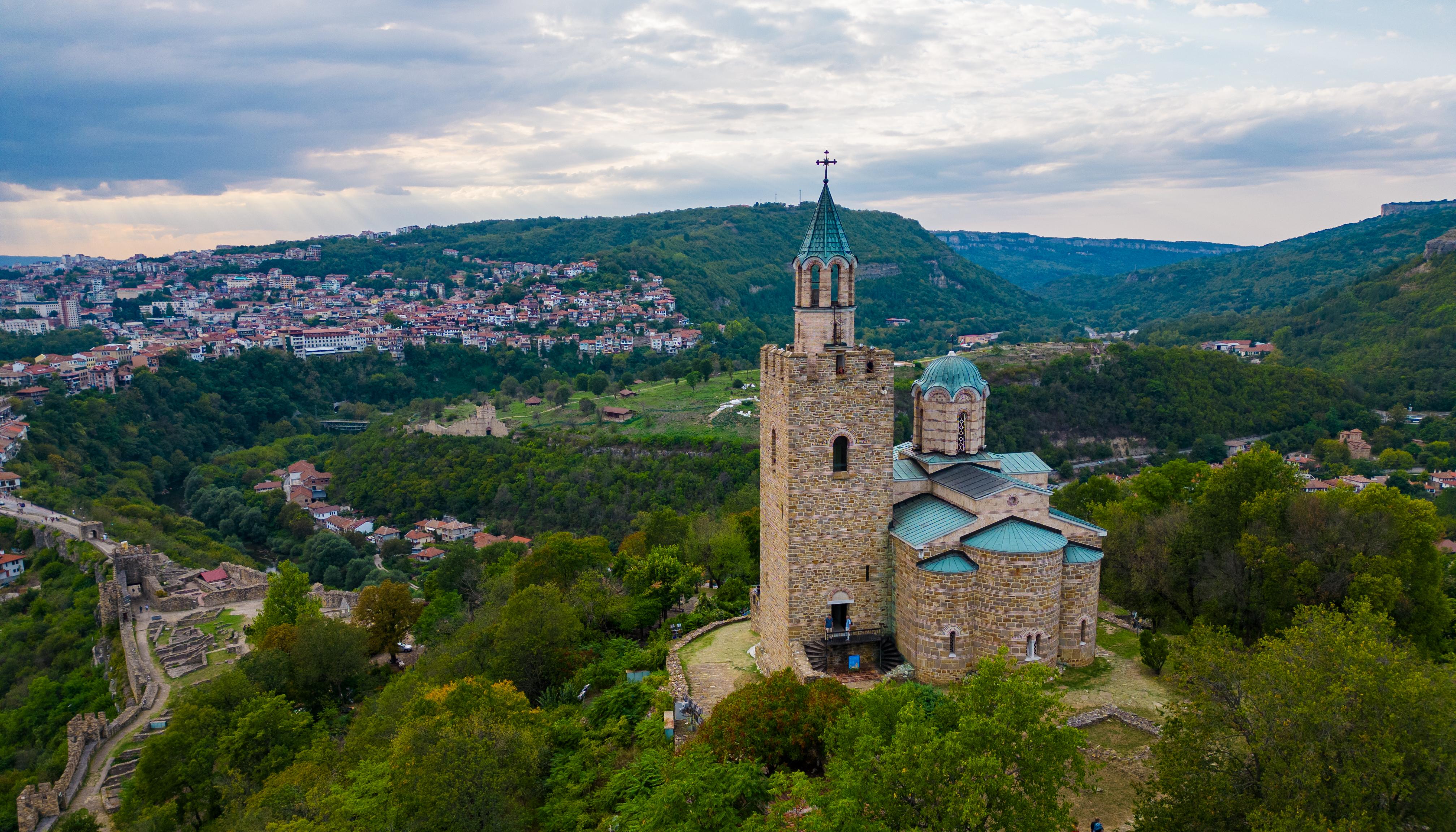
Built across a series of hills and meandering rivers, Veliko Tarnovo was once the capital of the Second Bulgarian Empire—and it still feels regal. The centerpiece is Tsarevets Fortress, a sprawling citadel with royal ruins and panoramic views. The Old Town’s terraced streets cascade down the hillside, lined with medieval buildings and traditional craft shops. With its blend of Byzantine, Bulgarian, and Ottoman influences, Veliko Tarnovo is as rich in history as it is in drama and natural beauty.
19. Eze, France
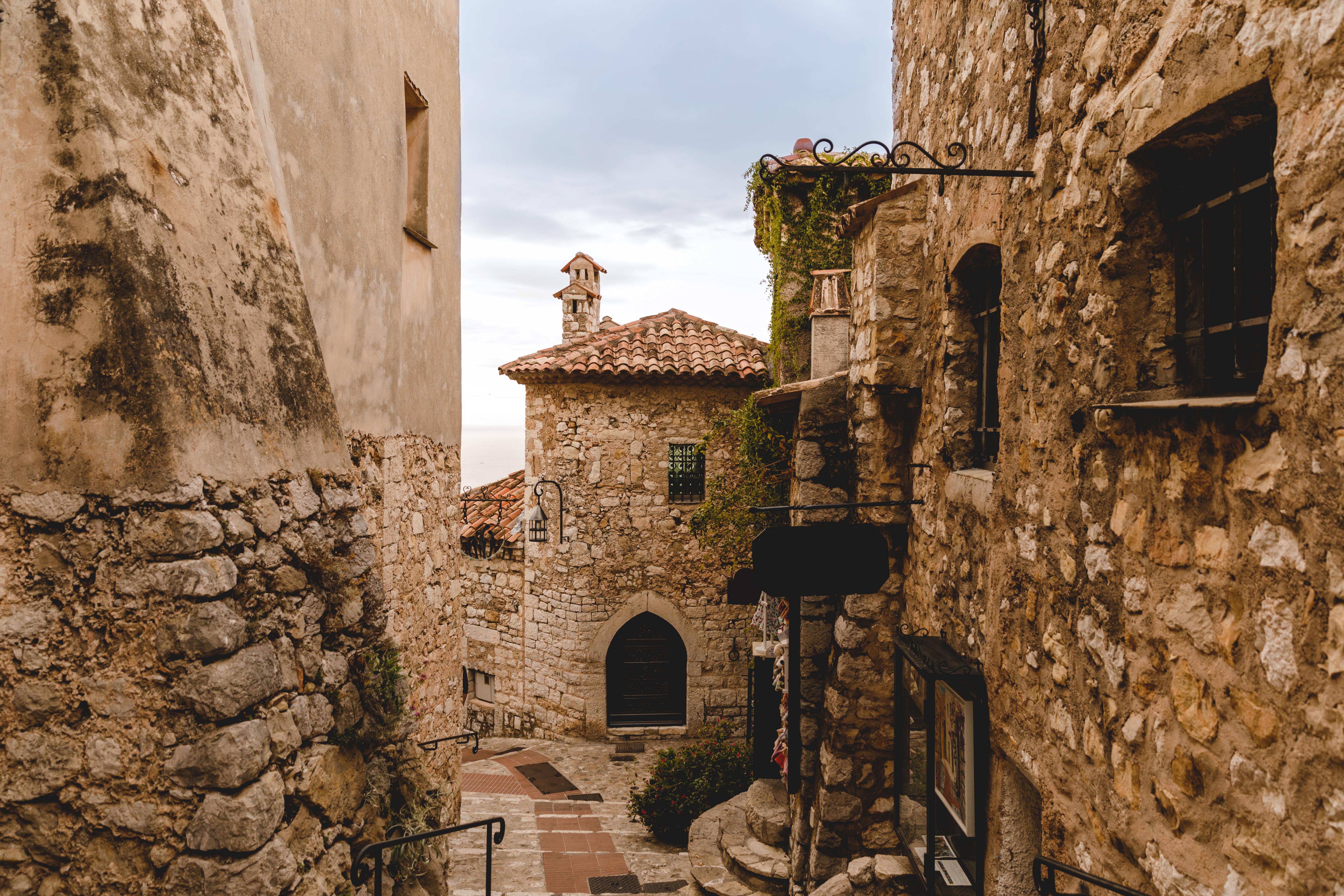
Clinging to a cliff high above the French Riviera, Eze is a medieval eagle’s nest with views so surreal they look computer-generated. Its narrow stone lanes wind past flowering gardens, rustic stone homes, and hidden archways that open onto panoramic terraces. The ruins of a 12th-century castle crown the hilltop, now transformed into a lush cactus garden with some of the best views in France. While Eze is often associated with luxury, it retains its medieval soul—especially early in the morning or after sunset, when the day-trippers leave and the ancient silence returns.
20. Alquézar, Spain
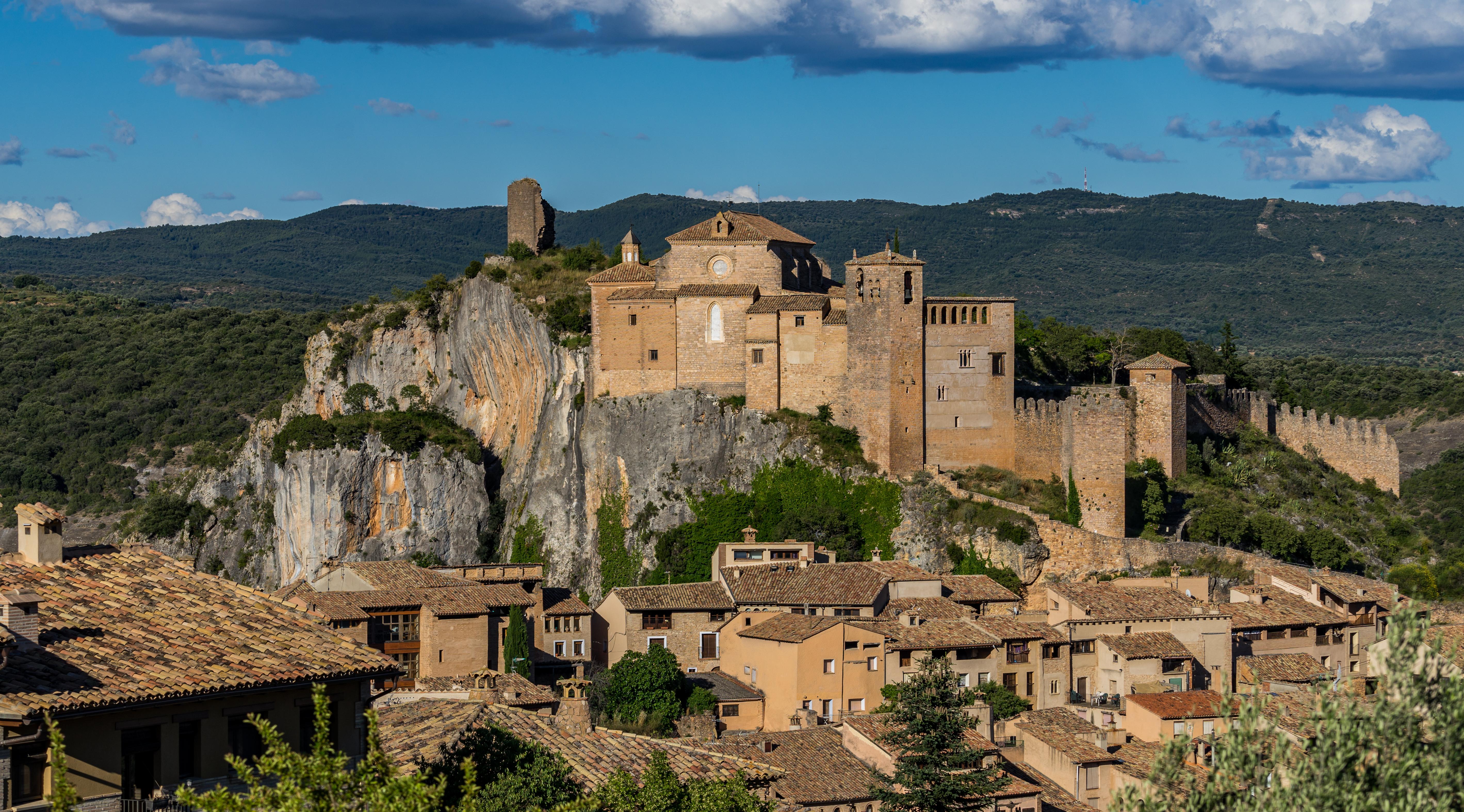
In the foothills of the Spanish Pyrenees, Alquézar rises from the rocks like a medieval mirage. This tiny fortified village is crowned by a castle-turned-collegiate church and surrounded by stone houses clinging to steep hillsides. Its winding streets lead to dramatic cliffside lookouts, medieval chapels, and the Vero River canyon, where ancient cave paintings lie hidden. Alquézar is not just beautiful—it’s adventurous, too, with hiking trails, canyons, and historical routes waiting to be explored. It's a town where medieval history and wild nature collide.
21. Sighnaghi, Georgia
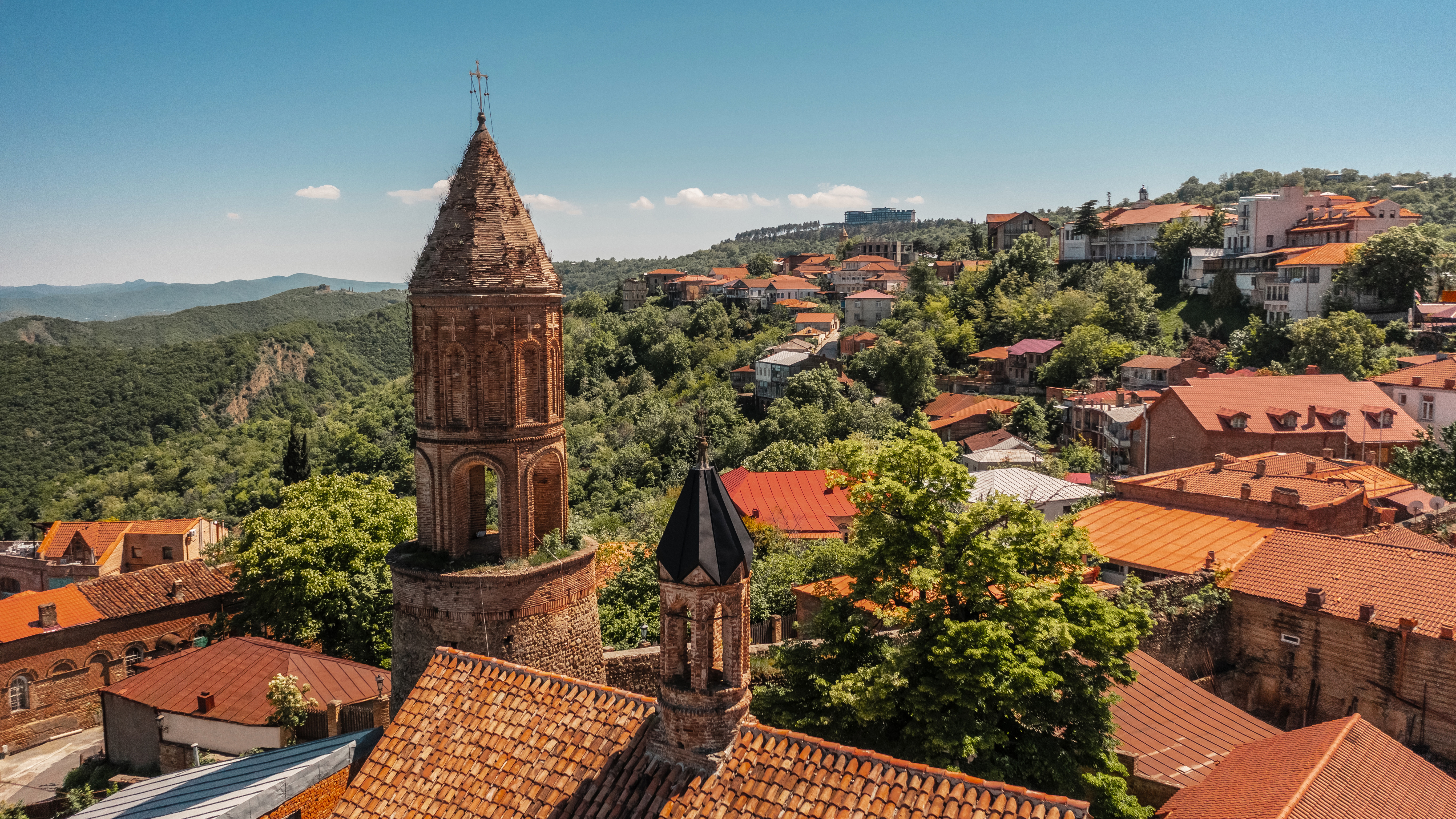
Known as the “City of Love,” Sighnaghi is a hilltop town in Georgia’s wine country that offers sweeping views of the Alazani Valley and the Caucasus Mountains. Encircled by well-preserved stone walls and towers, the town’s colorful buildings, cobbled streets, and ornate balconies reflect a blend of Georgian, Russian, and Persian influences. The city walls stretch for over 4 kilometers and include 23 towers—each named after a surrounding village. With its ancient churches, warm hospitality, and rustic wine cellars, Sighnaghi is a romantic medieval escape far off the typical tourist path.
22. Monschau, Germany
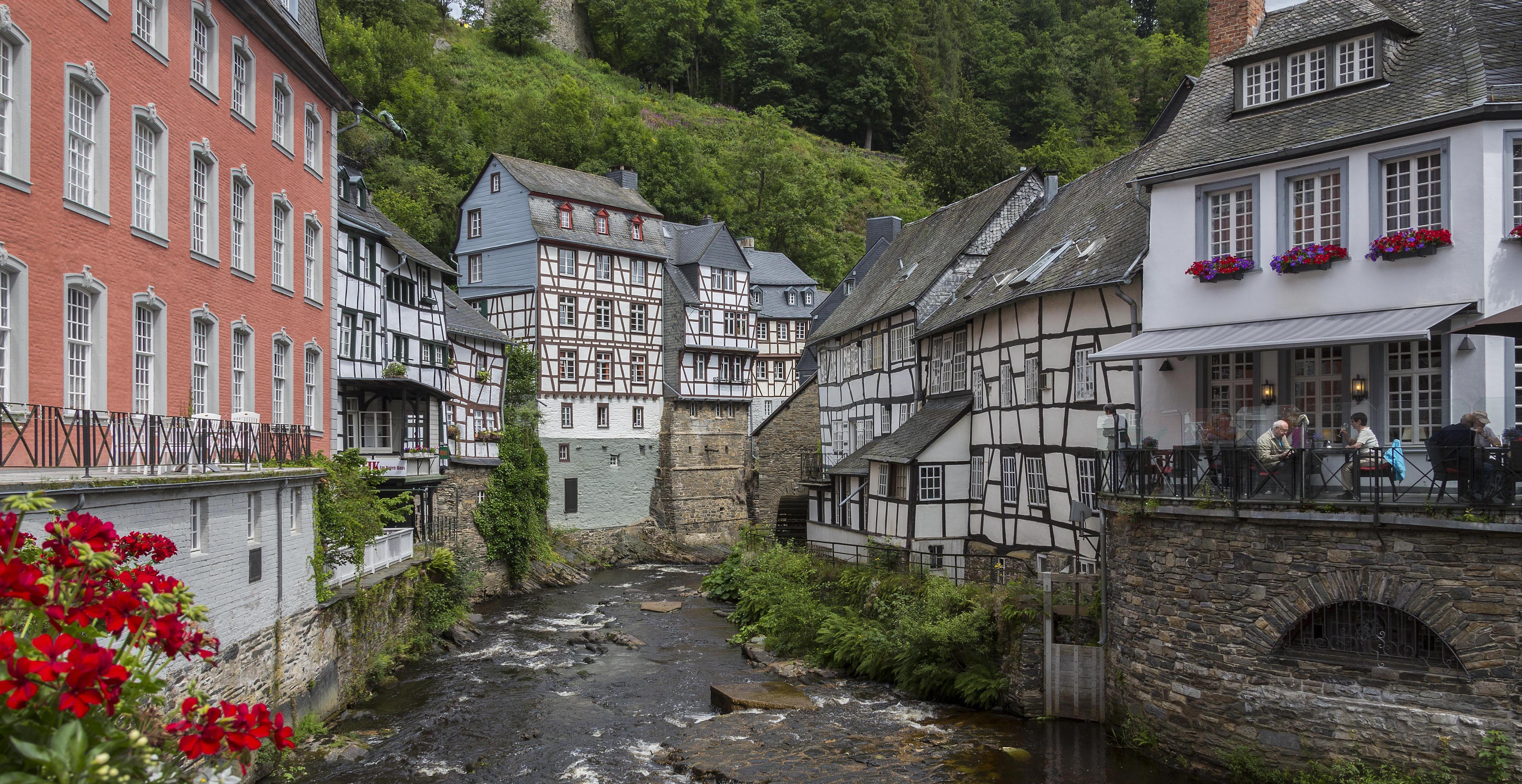
Tucked into the lush Eifel Mountains near the Belgian border, Monschau looks like a fairy tale sprung to life. Half-timbered houses in soft pastels line the Rur River, and cobbled lanes weave between Gothic chapels, slate-roofed homes, and a castle perched above the town. The lack of modern intrusions makes Monschau feel like it hasn’t changed in centuries. Whether visiting in summer or during its enchanting Christmas Market, Monschau offers a perfect blend of medieval charm and Alpine tranquility.
Preserving the Past, Embracing the Magic
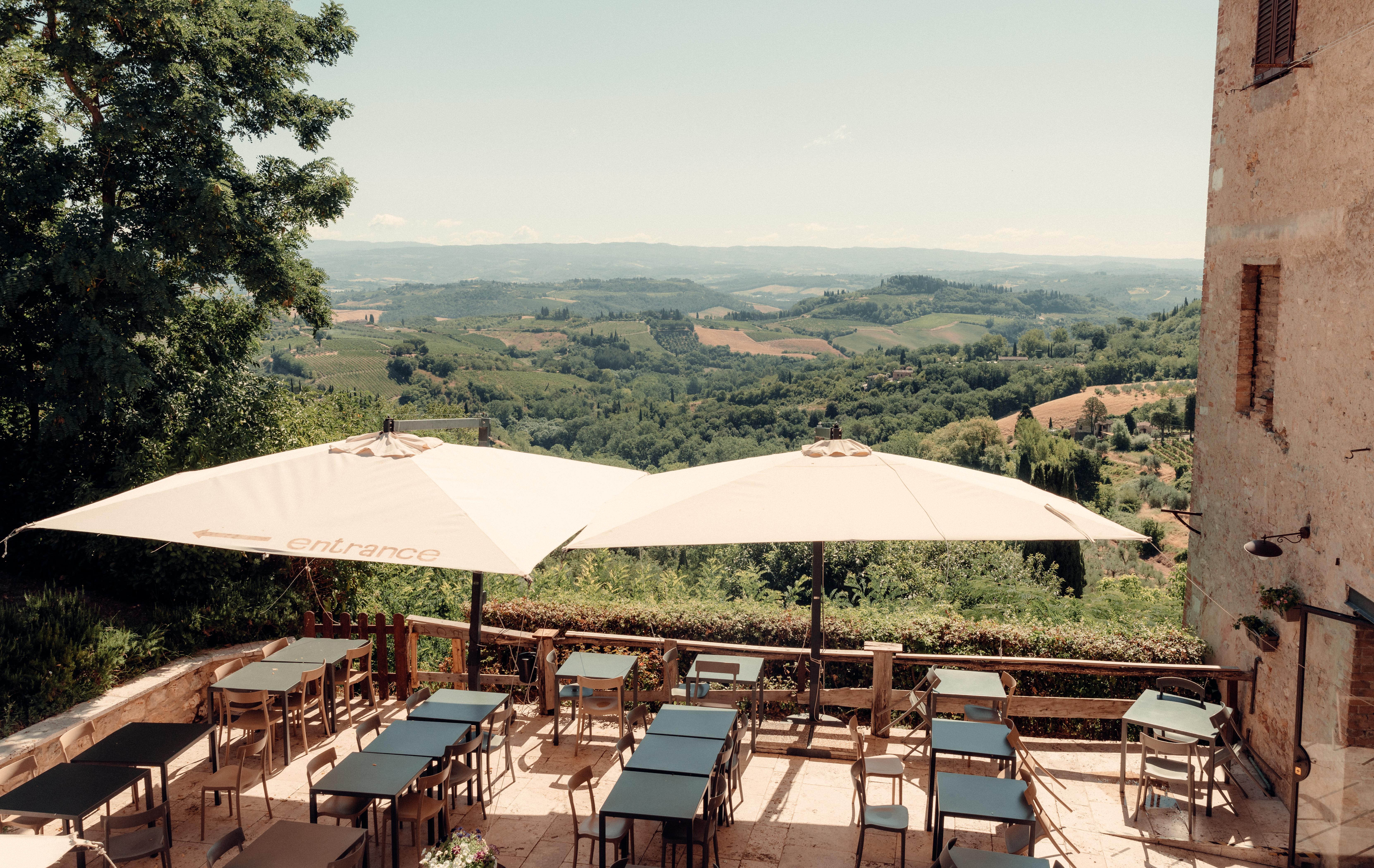
Visiting these timeless medieval towns is more than just a historical tour—it’s a journey into a world where legends come alive, castles still guard ancient walls, and tradition is woven into daily life. These towns, with their preserved architecture and enduring customs, serve as reminders of human creativity, resilience, and artistry across the centuries. Whether you’re wandering through misty alleyways in Transylvania, admiring Gothic spires in Estonia, or tasting medieval recipes in Portugal, you’ll feel the weight of history and the magic of the past all around you. But these towns are not just relics—they are living communities, balancing preservation with modern life. By visiting, learning, and appreciating their cultural significance, we help ensure their survival for future generations. So, whether you're planning your next trip or dreaming of stepping into a real-life medieval fairytale, these 22 towns invite you to lose yourself in the past—and discover history in its most enchanting form.





